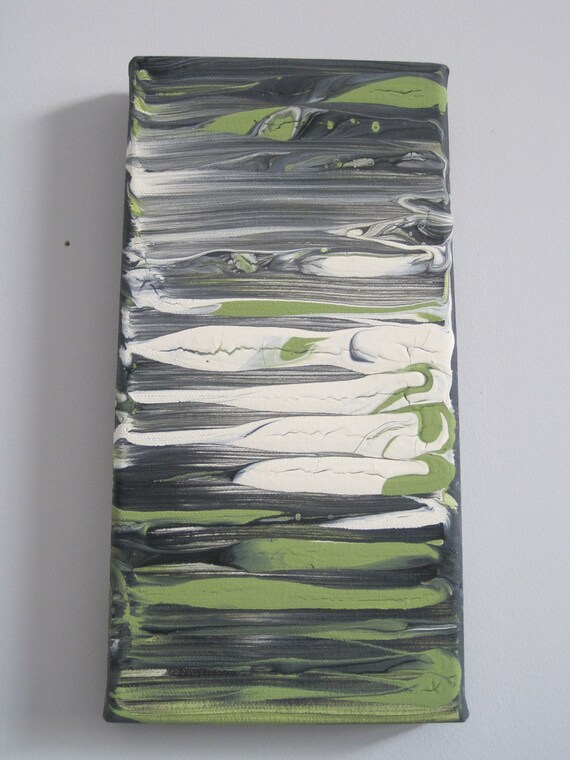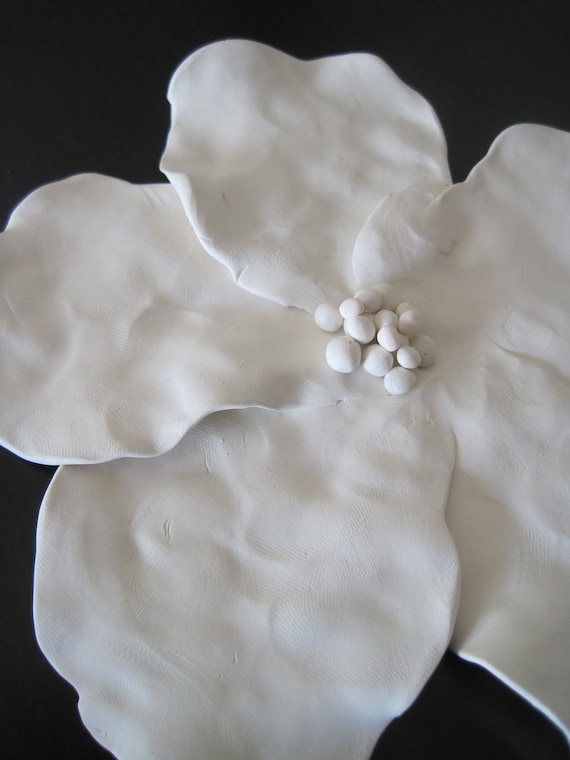Technically defined as
Proportion is a measurement of the size and quantity of elements within a composition. In ancient arts, proportions of forms were enlarged to show importance. This is why Egyptian gods and political figures appear so much larger than common people. The ancient Greeks found fame with their accurately-proportioned sculptures of the human form. Beginning with the Renaissance, artists recognized the connection between proportion and the illusion of 3-dimensional space. source
When it comes to abstract art, proportion is used more to explain the use of space and the illusion of created space.
This piece, for example, is fairly proportionate. The black lines flow throughout the entire space, while the white in the middle breaks up the green. There is a beginning, a middle and an end to the piece, which further illustrates the use of proportion.
In sculpted pieces like the wallflowers, we look to see if the stamen is proportionate to the petals, and if the petals are proportionate to the space where they will be hung.
Now, why does the wall where the will be hung matter? Well, it certainly would look funny to have a tiny little 4"x4" painting on a large 10'x8' wall. Likewise, it wouldn't make proportionate sense to hang an oversized wallflower on a small wall.
Proportion can make or break your interior design, so planning makes perfect!



No comments:
Post a Comment